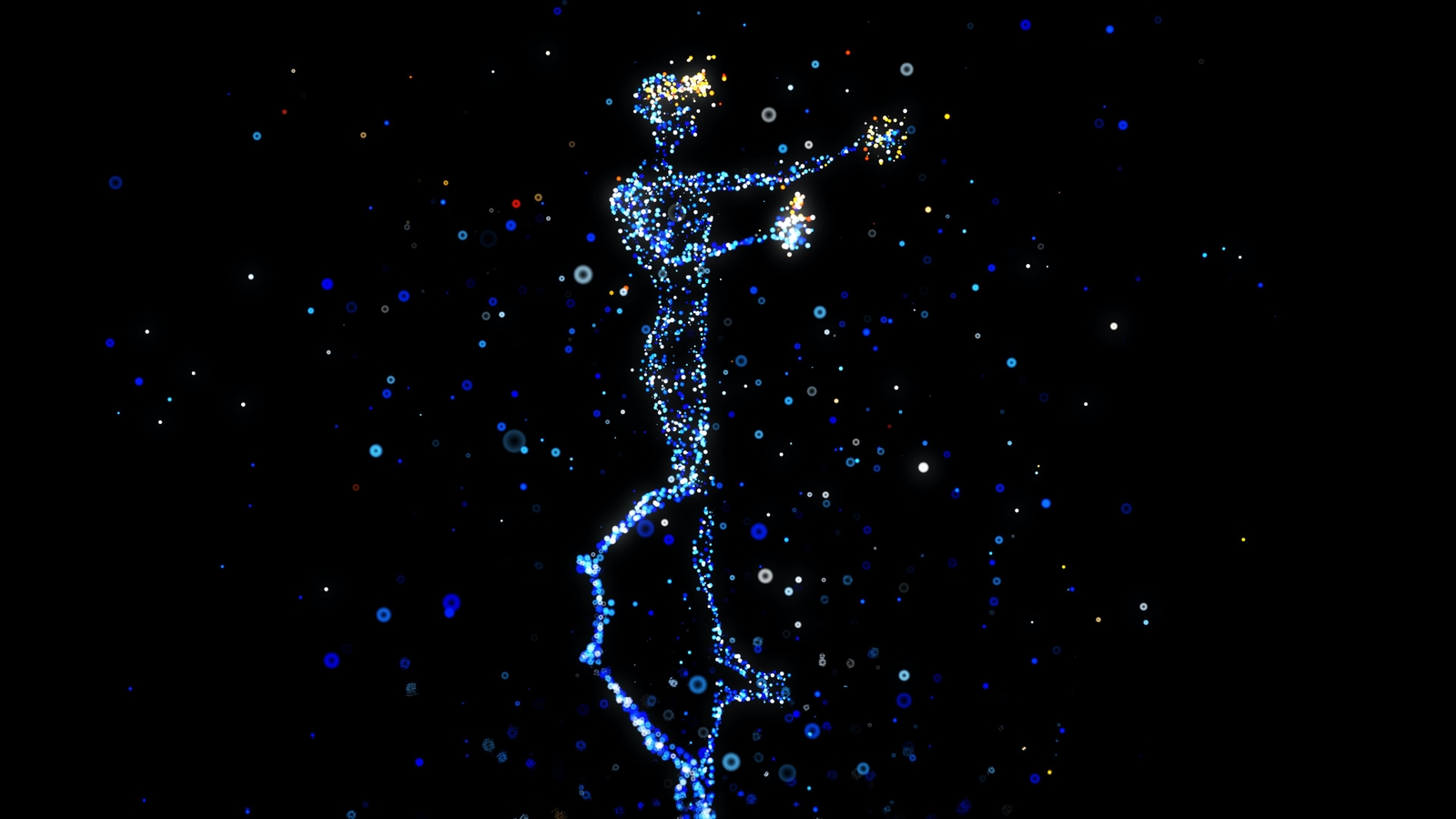Bitcoin is a ‘store of value’ and why it is compared to ‘digital gold.’
A store of value is any commodity or asset that normally retains purchasing power into...

The past few years have seen the internet revolutionize how we do just about everything — from buying groceries to booking vacations. That’s because the web is now one of the most important aspects of our lives.
Now, some technologists are predicting that another internet revolution is on its way. Web 3.0, which would be a more advanced version of the current internet, is set to change how we work, play, and live our lives—for good or for bad.
Web 3.0 aspires to be a future version of the internet based on public blockchains, which are most known for facilitating bitcoin transactions. Web 3.0 is getting a lot of attention because it is decentralized, which means that instead of customers having to access the internet via services mediated by firms like Google, Apple, or Facebook, people control and regulate areas of the internet themselves.
Because Web 3.0 does not need ‘approval’, central authorities do not have the ability to control who has authorized access to what services. Additionally, Web 3.0 does not require ‘trust’, which means that virtual transactions between two or more parties do not require the use of an intermediary. This allows Web 3.0 to better preserve user privacy since these organizations and intermediaries are the ones conducting the majority of the data collection. In this article, we’ll go through how the web has grown, why everyone is talking about Web 3.0, what it’s used for, what Web 3.0 is in crypto, where it’s going next, and why this matters?
To better understand web 3.0 you need to understand the evolution behind the web. The World Wide Web (WWW) is the primary instrument used by billions of people to trade, read, and write information as well as connect with one another through the internet. The internet has evolved considerably over time, and its modern uses are almost unrecognizable from its early days. Web 1.0, Web 2.0, and Web 3.0 are three phases in the growth of the internet.
Web 1.0 was the very first version of the internet. Consider the read-only or syntactic web to be Web 1.0. The majority of the participants were content consumers, whereas the creators were mostly web developers who produced websites with mostly text or graphic-based content. The period between 1991 to 2004 is known to be as Web 1.0.
Most of people have only seen the web in its present form, often known as Web 2.0. In the Web 2.0 ecosystem, you don’t have to be a developer to participate in the development process. Many applications are built in such a manner that anybody can make them. You have the ability to think and share your ideas with the rest of the world. In Web 2.0, you may also submit a video for millions of other people to view, engage with, and comment on. Web 2.0 apps include YouTube, Facebook, Instagram, Twitter, and other social media sites. Consider how different popular applications like Instagram, Twitter, LinkedIn, and YouTube were when they first launched to how they are now. The following scenario is a typical procedure followed by all of these businesses:
The business releases an app. It enlists as many participants as possible. The company then makes money from its user base. The user experience is designed in such a way that attracts as many people as possible. This is why they are able to get momentum so quickly. Many software companies are indifferent about revenue at first. Instead, they're completely focused on acquiring and maintaining new customers, but they’ll have to start making money someday.
After having reached a certain number of users, these companies can then leverage that to generate revenues. In often cases, this involves using the data its users provide to make huge profits. For many Web 2.0 businesses, such as Google, Facebook, Twitter, and others, more data equals better targeted marketing. This leads to more clicks and, as a consequence, more advertising revenue. The exploitation and centralization of user data are necessary for the web to work as we know and use it today. As a consequence, data breaches in Web 2.0 apps are rather prevalent.
In Web 2.0, you have no control over your data or how it is kept.
The main idea of Web 3.0 is a decentralized internet, which means the infrastructure does not rely on central authorities to control what you can access. The applications and services are controlled by peer-to-peer networks, with no single entity controlling the entire internet. Overall, a web3 application or service is a program that would run on a browser, phone, watch, tablet, or any other device that has an internet connection. This program would provide you with all of your basic needs – from email to social media – without having to rely on third parties to store your data and serve you information.
These are some of the benefits of Web 3.0 and how it is different from a centralized system.
One of the major benefits of web 3.0 is that it provides data privacy. Data privacy is important because it prevents the exploitation of personal information by third parties, which has been a major concern in recent years.
The reason web 3.0 provides for increased data protection is because decentralized networks use blockchain technology to keep records of all transactions on its network, including those made by users’ devices without their knowledge or consent; this results in less centralized control over how personal information is collected and used on such networks than on traditional internet service providers (ISPs) like Comcast and Verizon.
These decentralized systems that are part of Web 3.0 allow users to use the system without having to store their personal data. On the other hand, massive quantities of personal data are stored in centralized platforms like Facebook, Google, Twitter, and even Amazon.
Data ownership means that a customer has full control over their personal data and how it is being used. This includes the notion of who owns your personal data, which is similar to data privacy. While you may be happy to volunteer your personal information online in exchange for a better user experience, most people were startled to hear that corporations like Facebook, Google, and Amazon make billions off of selling your data. Users would be able to sell their own data and earn money through decentralized platforms. The Brave browser, for example, rewards users with BAT tokens, an Ethereum-based cryptocurrency.
In a centralized system, in which a company or organization owns all of your personal information, your data can easily be stolen by hackers, spied on by the government, or used for commercial purposes without your consent. In a decentralized network, however, when someone tries to access your data, they have to go through 2-3 layers of encryption before accessing it. This makes it much more difficult for hackers to access your private information.
One major benefit of web 3.0 is that it will protect against censorship by gatekeepers that currently dominate the internet infrastructure. Several social media sites have blocked, de- platformed, or demonetized authors based on their political ideas in the last year. Worse, some of the occurrences seem to be coincidental or completely random. Censorship is especially a problem in countries ruled by dictatorship such as China. People living in such countries are unable to freely express their opinions or beliefs as there are many risks involved. Web 3.0 would empower many people from these countries as it doesn’t have a central authority to control the content published.
Increased network security is a significant advantage. Bitcoin is the most well-known example of a decentralized computer network. Because a centralized computer network has a single point of failure, it offers higher security than a decentralized computer network. To get access to a company’s servers, you must first hack one location. To attack the Bitcoin network, you’d have to hack 51 percent of the network, which is spread out over the globe and linked through the Internet.
When it comes to Web 3.0, you’ll often hear the term “cryptocurrency” discussed. The reason for that is that Web 3.0 protocols provide a strong use case for cryptocurrencies as both are decentralized. Web 3.0 tokens are digital assets linked to the goal of establishing a decentralized Internet and compatible with crypto projects. These protocols might offer services like compute, bandwidth, storage, identity, hosting, and other internet services that cloud companies used to provide.
For example, the Ethereum-based, Livepeer protocol acts as a marketplace for video infrastructure providers and streaming apps. Helium, meanwhile, uses blockchains and tokens to reward consumers and small businesses to provide and confirm wireless coverage as well as transfer device data across the network.
Web 3.0 will make extensive use of nonfungible tokens (NFTs), digital currencies, and other blockchain entities.. Reddit is aiming to break into Web 3.0 by creating a method that uses cryptocurrency tokens to enable users to effectively manage portions of the on-site communities in which they engage. Users would earn “community points” by posting on a certain subreddit, according to the concept. The user is then awarded points depending on the number of people who upvote or downvote a certain post. (It’s essentially a blockchain-based Reddit Karma.)
Those points may be utilized as voting shares, giving users who have made large contributions a bigger voice in decisions that impact the community. Because those points are recorded on the blockchain, their owners have greater control over them; they can’t be taken away easily, and you can be tracked. To be fair, this is just one application, a corporate version of the Web 3.0 concept of Decentralized Autonomous Organizations (DAOs), which employ tokens to more equitably divide ownership and decision-making power.
To sum up, there is a high likelihood that Web 3.0 will soon replace the Web as we know today. Many big companies are already working in further developing the Web 3.0 and there are companies. The new internet will provide a more personalized experience, whilst maintaining the privacy and storing our data securely. This will be accomplished by allowing each individual user to take control of their data and providing a richer overall experience as a result of the many improvements that will be implemented once it is in place.
Get product updates, insights, market analysis, and recaps delivered straight to your inbox.
Our latest news, insights, and analysis.
A store of value is any commodity or asset that normally retains purchasing power into...
Join a growing community of traders focused on learning, growing, and living a life of financial freedom.

Sign up for our weekly newsletter. Get market insights, trade topics, and weekly recaps straight to your inbox!


© 2023 · Cryptolifer.com · All Rights Reserved.
The Site cannot and does not contain financial advice. The education information is provided for general
informational and educational purposes only and is not a substitute for professional advice. Accordingly,
before taking any actions based upon such information, we encourage you to consult with the appropriate
professionals. We do not provide any kind of financial advice. THE USE OR RELIANCE OF ANY
INFORMATION CONTAINED ON THE SITE IS SOLELY AT YOUR OWN RISK. For more information please read our disclaimer.
Stay up to date on all things Cryptolifer. Join our weekly newsletter to get mentorship, exclusive sector insights, and trading education. Take advantage of this free resource!
